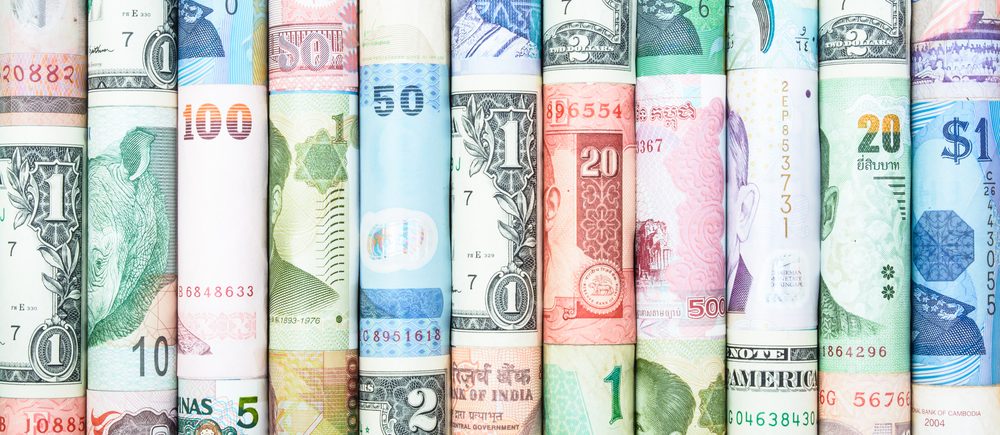The U.S. dollar stabilized on Tuesday after suffering losses following the disappointing July jobs report, as traders focused on the potential for further Federal Reserve rate cuts amid growing concerns over a slowing U.S. economy.
Dollar Index Rises After Payrolls Data Impact
At 04:15 ET (08:15 GMT), the Dollar Index, which tracks the greenback against a basket of six other currencies, gained 0.2% to 98.765, recovering from a one-week low seen earlier in the session. The dollar’s weakness was driven by the release of last Friday’s payrolls data, which showed that the U.S. economy added fewer jobs than expected. This sparked a shift in market expectations, with traders pricing in an over 90% chance of the Federal Reserve cutting rates in its September meeting, up from 63% just a week ago, according to the CME FedWatch tool.
Federal Reserve Rate Cut Expectations Surge
Goldman Sachs has forecasted that the Fed will initiate three consecutive 25 basis point rate cuts, starting in September. Additionally, there is a possibility of a 50 basis point cut if the unemployment rate climbs further in the next report. San Francisco Federal Reserve Bank President Mary Daly expressed concern over the softening U.S. jobs market and the absence of persistent inflation from tariffs, suggesting that the risks of multiple rate cuts this year are growing.
Tariff Uncertainties and Global Economic Concerns
Amid the growing expectation for rate cuts, concerns about global trade tensions continue to weigh on the dollar. The latest tariffs imposed by President Trump on a range of countries, including 25% duties on imports from India, have stoked fears of a broader economic slowdown. Markets are closely watching how these tariffs might affect the global economy and impact investor sentiment.
Euro Faces Pressure Amid Slowing Services Sector in France
In Europe, the euro weakened against the dollar, with EUR/USD dropping 0.3% to 1.1544. The single currency was pressured by data showing a contraction in France’s services sector in July. The HCOB France Services PMI fell to 48.5 from 49.6, marking the quickest rate of decline since April. A reading below 50 indicates contraction, pointing to weak demand and political uncertainty that are affecting business sentiment in the region.
Eurozone investors are also awaiting the June PPI data, which is expected to show a 0.6% year-on-year increase. This suggests that the European Central Bank (ECB) may have more room to maneuver in addressing inflation that remains below its 2% target.
GBP/USD and Other Currencies Move Within Tight Ranges
GBP/USD fell 0.1% to 1.3277, remaining within a tight range as market participants await further economic data. Meanwhile, USD/JPY edged up 0.1% to 147.25, following some positive services PMI data for July, signaling stronger economic conditions in Japan.
Elsewhere, USD/CNY rose 0.1% to 7.1856, despite China’s services PMI data for July coming in stronger than expected. The Indian rupee, on the other hand, faced significant pressure, with USD/INR rising 0.2% to 87.800, after earlier hitting its highest level ever. The rupee’s decline was attributed to President Trump’s threat to impose further tariffs on India, following the country’s oil imports from Russia.
Market Focus Shifts to U.S. Economic Data and Tariff Developments
As the U.S. labor market shows signs of cooling, market participants are keenly focused on the Federal Reserve’s actions and any hints of future rate cuts. Additionally, the evolving trade situation, including the impact of Trump’s tariff measures, is likely to continue driving market sentiment and currency movements in the coming weeks.
The dollar’s direction will be closely tied to further developments in U.S. economic data and the broader global trade environment, with markets awaiting further clarity on the Fed’s next steps and how tariffs will impact the economy.
 Noor Trends News, Technical Analysis, Educational Tools and Recommendations
Noor Trends News, Technical Analysis, Educational Tools and Recommendations





